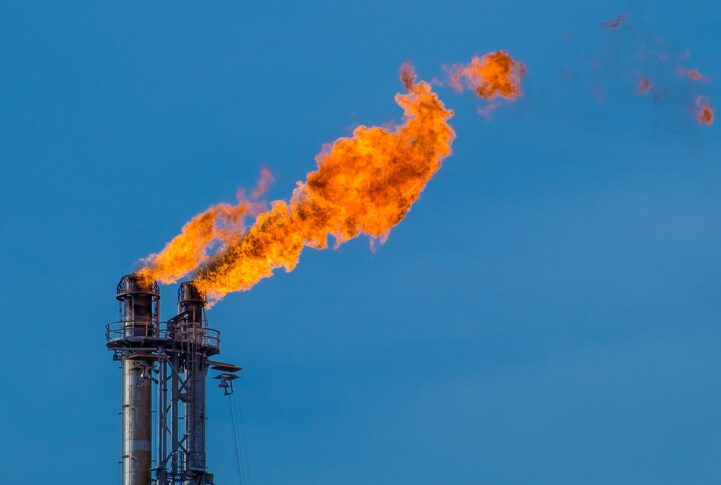 As a safety measure to relieve pressure or to dispose of excess gases, industrial plants, chemical companies, refineries, the coal industry and landfills practice gas flaring. This process of burning-off unwanted gases or liquids causes dangerous greenhouse gas emissions that threaten the environment and public health.
As a safety measure to relieve pressure or to dispose of excess gases, industrial plants, chemical companies, refineries, the coal industry and landfills practice gas flaring. This process of burning-off unwanted gases or liquids causes dangerous greenhouse gas emissions that threaten the environment and public health.
Increasingly, national and local government bodies are requiring processing companies to monitor the various emissions from their plant stacks and flares to reduce the amount of pollution entering the atmosphere. For example, the US Environmental Protection Agency (EPA) has published amendments to Refinery Sector Rule (RSR) 40 CFR Part 63 affecting flares; refineries must bring flares into compliance with new §63.670 ‘Requirements for Flare Control Devices’.
The new requirements define five flare operating limits:
- combustion zone net heating value (NHVCZ)
- dilution net heating value (NHVdil)
- flare tip exit velocity
- pilot flame presence
- visible emissions that specify an NHVCZ minimum operating limit of 270 BTU/scf, based on a 15-minute block period.
NHVCZ can be calculated by measuring the net heating value of the vent gas (NHVVG), making flare gas analysis a vital part of any compliance strategy. If the NHVCZ approaches 270 BTU/scf, additional fuel gas such as propane or natural gas has to be added. This may then require the addition of steam to the flare, to avoid the production of visible emissions.
The analysis of flare gases presents a series of challenges to the processing industries. Firstly, the emissions are typically made up of complex mixtures of inorganic and organic species, and compositions and concentrations vary dramatically over time as process conditions change. And although many regulations require just the total heating value, total sulfur, or total hydrocarbon values to be recorded, measuring the concentrations of individual components helps identify the source of the emission, locating the problem to a specific part of the plant. Finally, the analysis speed is crucial as the heating value of the flare can quickly change. Analysis times measured in minutes increase the risk of failing to meet emission standards.
Process Mass Spectrometry is particularly suited to the measurement of flare gas streams because it offers accurate, fast, multicomponent analysis. Process mass spectrometry is an optimal technique for handling the challenges of flare gas in the processing industry. Process mass spectrometers operate by ionizing neutral sample gas molecules, and the resulting charged particle components are separated according to their molecular weight. Process mass spectrometry is recommended because it offers accurate, fast, multicomponent analysis.
The table below shows an example of a flare gas stream containing hydrogen, nitrogen and hydrocarbons up to C6. Analysis of these nine components will typically be performed in just 20 seconds, allowing one mass spectrometer to monitor more than one flare, depending on the distances involved.

Alternatively, one Process mass spectrometer can be used to measure process streams and flare streams, even though the composition and concentrations may be very different.
- Watch a video of how a Process Mass Spectrometer offers fast, accurate, and multicomponent analysis for plant stack.
- Download the application note: Thermo Scientific™ Prima PRO Process Mass Spectrometer Fast On-line monitoring of flare gases


I am working with a team that has some ideas to convert flare gas into a useful CO2 free product. Can you help us to assess the quantities of flare gas that leftovers of a normal cracking process in a refinery?
Your answer would be highly appreciated.